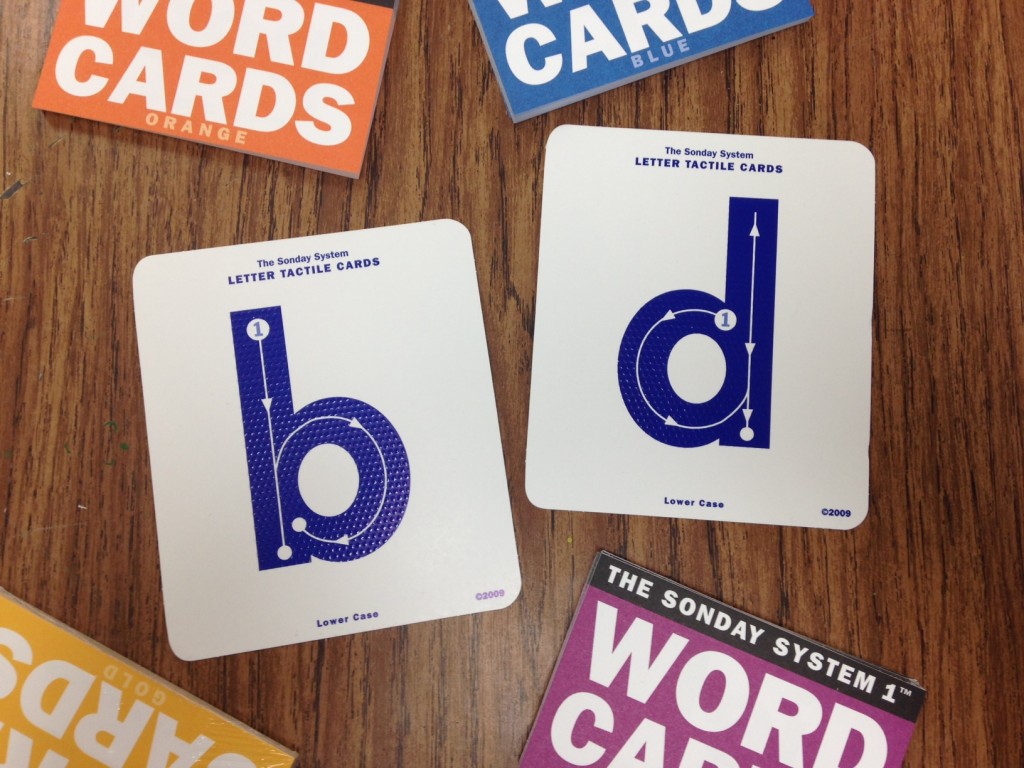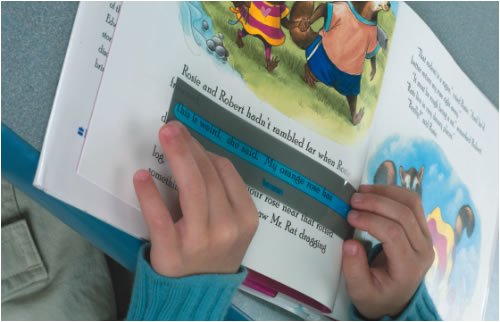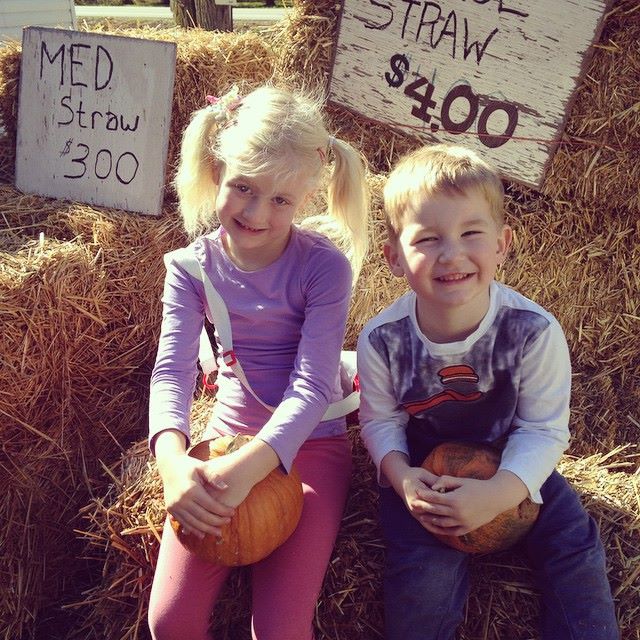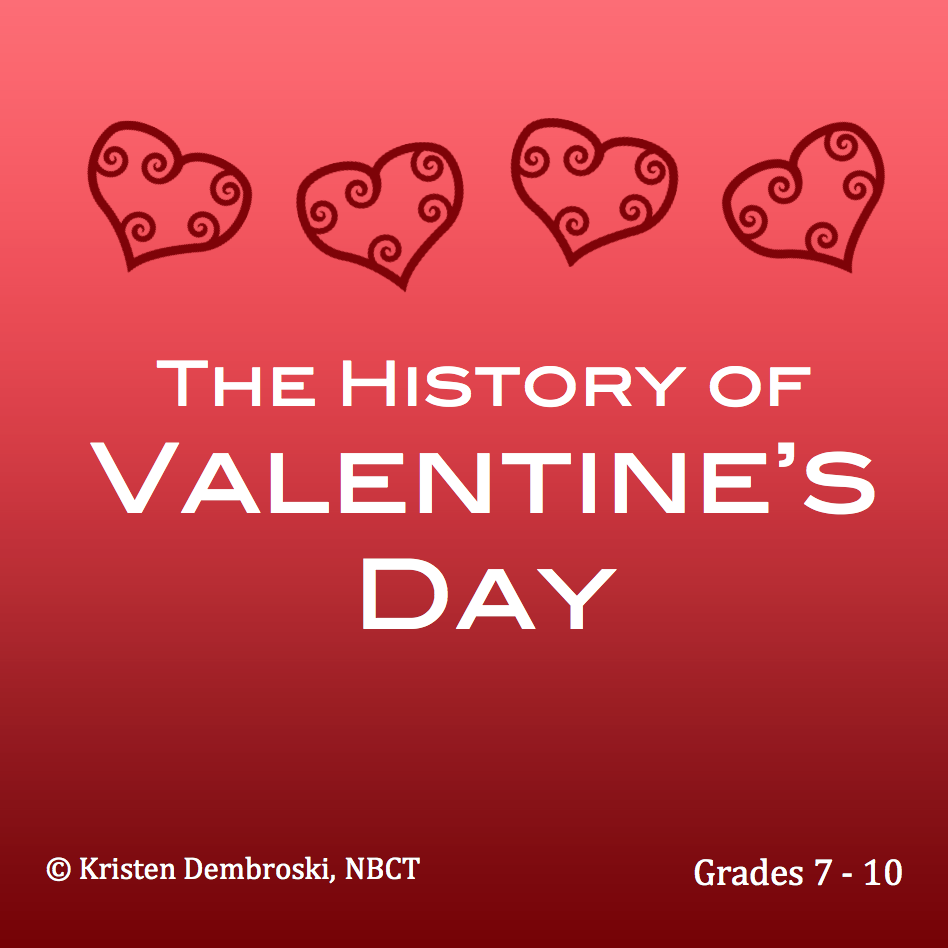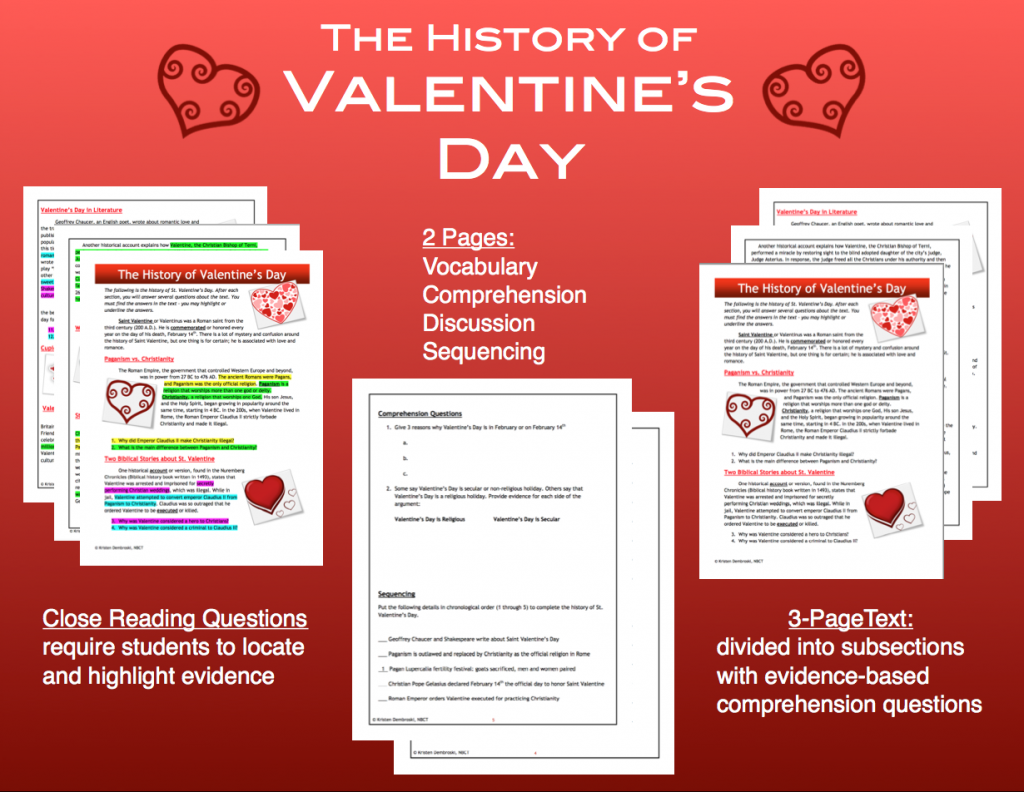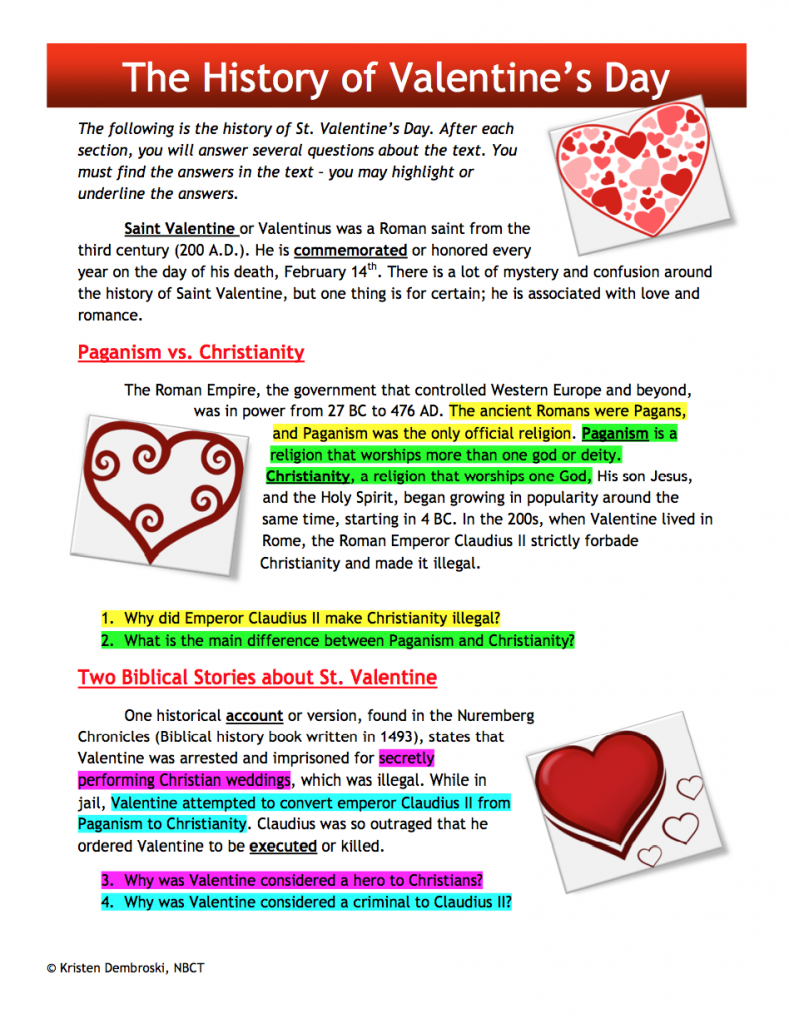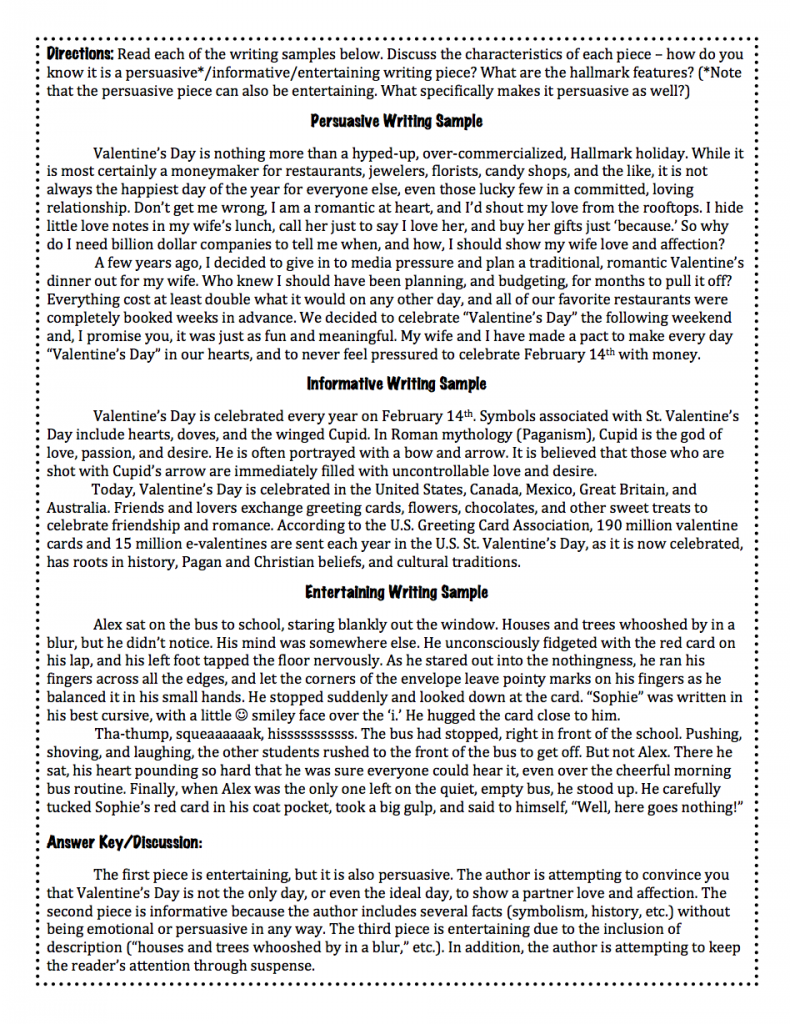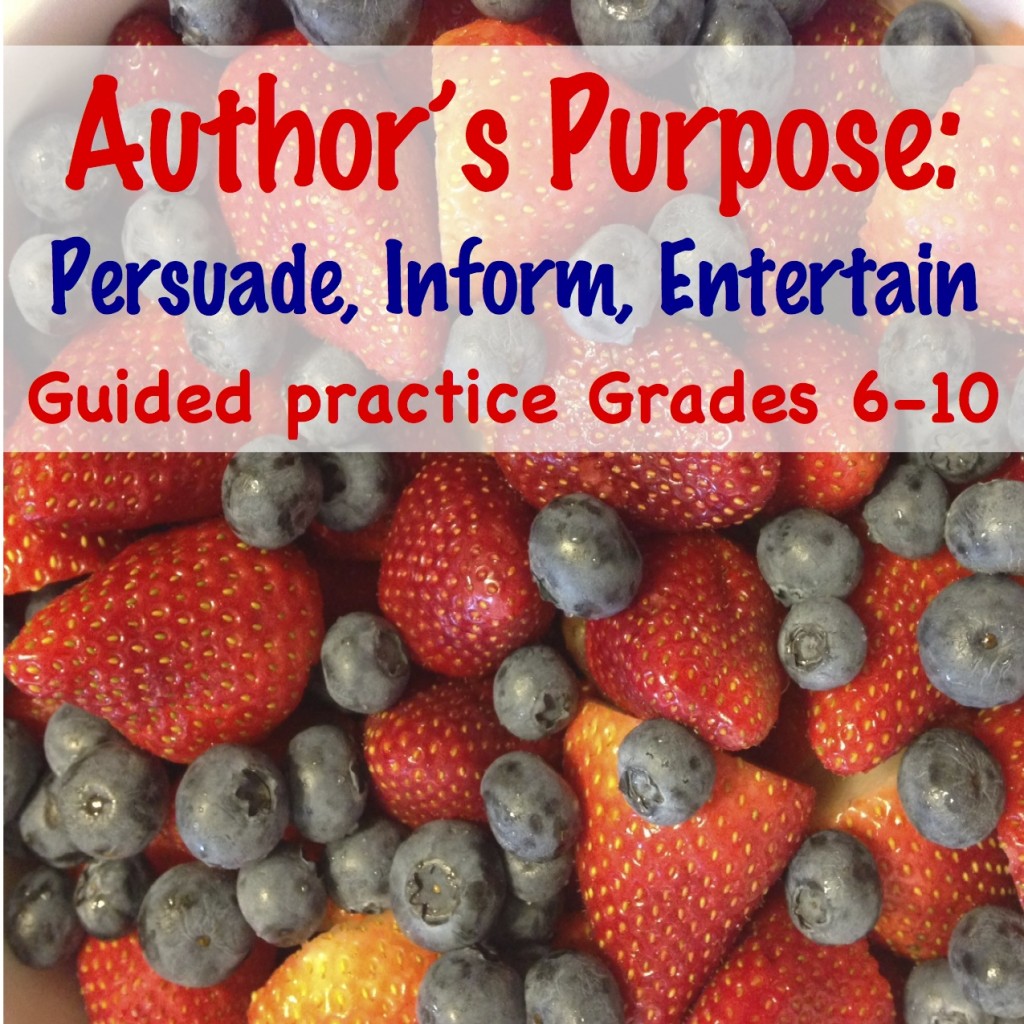Oct
2014
High Five for Friday! 10-17-14
Happy Week 7 and High Five For Friday! I had a great week, and I hope you did, too!
1. Sonday – I spent 2 days this week being trained in the Sonday System. I am so glad that we have decided to adopt this system at our school. We currently run two interventions for reading skills and strategies – Leveled Literacy Instruction and Read180 – but we needed a program that would address gaps in foundational reading skills like decoding and fluency. You wouldn’t expect to have students at the middle school level who don’t know all of the sight words or who are unable to decode words, but our need for this program has been growing over the years. I love the touch-spell approach, and I knew I was hooked when the instructor showed us the ‘b’ and ‘d’ cards. In the Sonday system, students are taught for the letter ‘b’ that “the bat comes before the ball.” Notice the number one starts at the top, making a bat (stick), and then a ball (circle)? Now compare this to the ‘d.’ Students are taught “c comes before d,” just as the letters appear in the alphabet. See how the ‘d’ starts by making a ‘c’ first, then the stick? This is brilliant! For our students who confuse these letters, such as students with dyslexia, this is a perfect way to differentiate between the sounds and to cement them into muscle memory. As with all elements of the Sonday system, everything has a visual component (look at the letter), kinesthetic component (trace the bumpy letter with two fingers), and an auditory component (“bat before ball” or “c before d”) to encourage multi-sensory learning. I am very excited that we have adopted this system and I just know it is going to be a major game-changer for so many students!
2. The Shot Heard ‘Round the World – In Social Studies, we are wrapping up our unit on Colonial America in preparation for learning about the American Revolution. We rounded out the chapter by studying the Battles of Lexington & Concord, then watching the famous Schoolhouse Rock video to review for the exam tomorrow. Doesn’t it just blow your mind that students are still watching, enjoying, and learning from these videos after so many decades? I just love Schoolhouse Rock!
3. Tachistoscope – Do you use highlighting strips in your classroom? I have a handful of middle schoolers who really benefit from using these. They use them as bookmarks, then turn them on their side to help them stay on track when reading their book. This helps with focus and eye-tracking. I learned this week that the technical name for these highlight strips is ‘tachistoscope.’ So there – enjoy that million-dollar word! I purchased these on Amazon, link here.
4. Pumpkin Farm – I took my niece and nephew to the pumpkin farm last weekend. Such fun! My ambitious nephew first picked out a pumpkin that weighed about 30-40 pounds. It was huge and lovely, and he wanted it so bad! I told him he could have it if he could carry it to the car. He opted for the one in his lap instead 🙂 And my little niece, how sweet is she? I absolutely adore these children.
5. Food! – I tried to keep things simple this week. I made some zoodles with my spiralizer, which I topped with tomato sauce (sugar and additive free) and shrimp for lunches. For breakfast, we had Egg Muffins, and for dessert, I slightly modified the Chocolate Hazelnut Energy Bars from foodie teen (I eliminated the maple syrup and chocolate, and I reduced the amount of coconut oil to 1/4 cup. Then I rolled the mixture into balls instead of bars for quick/easy snacking). I also got a great idea from a friend to put quick oatmeal, a pinch of salt, and freeze-dried fruits in a mason jar. All I have to do is add a cup of hot water and let it sit for a few minutes and voila – oatmeal to go! I know oatmeal is not strict paleo, but I have no problems with it and have chosen to incorporate it back into my diet now after a year off of it.
I hope you have had a wonderful week and that you are getting ready for a fun and spooooky Halloween soon! I’ll be making costumes this week and next to get ready. I’d love to hear about your week in the comments below!
![]()
